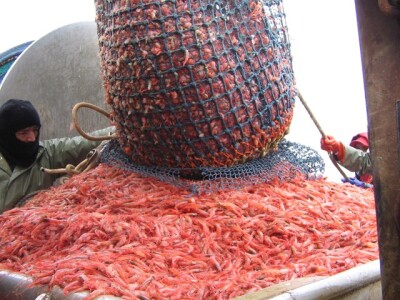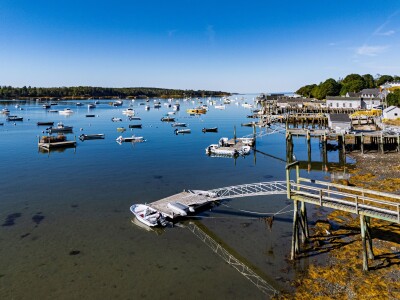Crippled ferry service, covid-19 and flailing Japanese markets beset Alaska halibut and blackcod longliners this season.
Alaska’s halibut fleet fished on allocations of 16.08 million pounds, but deliveries as of early May stood at just 1.46 million pounds, with the brunt of them coming out of harvest area 3A. The season opened on March 14 and will run until Nov. 15, with supply volumes to market lagging in the early season thanks to crippled state ferry service and the covid-19 virus.
“What could be an interesting development,” says Bob Alverson, manager of the Fishing Vessel Owners’ Association in Seattle, “would be if the fleet waits until way later in the season to fish their quotas. That could put a lot of fish into the market in a very short time.”
The Alaska Marine Highway System, which operates a fleet of ferries, had been the traditional conduit for getting the flatfish from processors to markets in Seattle. Cuts in state budgets reduced sailings from many ports and severed service to some Southeast communities altogether.
Then came covid-19. Widespread closure of restaurants killed demand for fresh fish, which fetch higher ex-vessel prices than those headed for freezers to supply markets during the months that fishing is closed.
In 2019, the longline fleet had landed 3.82 million pounds in the period ending May 14, and fishermen saw ex-vessel prices of $3.25 for the 10-to-20 pounders, $3.50 for the 20-40s, and topped out at $4 for 40-ups. That’s $2 per pound less in each of the weight splits from what they received last year.
Blackcod longliners, meanwhile, saw a substantial quota increase with this year’s IFQ allocations set at 31.71 million pounds. Fishing started slow, with landings adding up to 3.96 million pounds as of May 2. While this year’s quotas outshine the 25.97 million pounds for the 2019 season, demand for the fish in Japanese markets remains soft, and with restaurants closed worldwide, demand for the 5-pound fish fell flat.
Ex-vessel price splits for blackcod landed in Alaska began at 30 cents per pound for fish under 2 pounds, $1.30 for 2-to-3-pounders, $2.10 for 3-to-4s, around $2.50 for 4-to-5s, $3.75 for 5-to-7s and $6 for 7-ups. That’s down by more than a dollar per pound in each weight category from last year.







